Aloe Vera, with its thick, fleshy leaves and soothing gel, is a popular houseplant known for its easy maintenance and myriad health benefits. Whether you’re a beginner or an experienced plant owner, caring for Aloe Vera is straightforward and rewarding. Here’s a comprehensive guide to help you keep your Aloe Vera plant thriving.
Choosing the Right Aloe Vera Plant
When selecting an Aloe Vera plant, look for one with healthy, green leaves and no signs of damage or disease. Ensure the plant has a strong, robust root system.
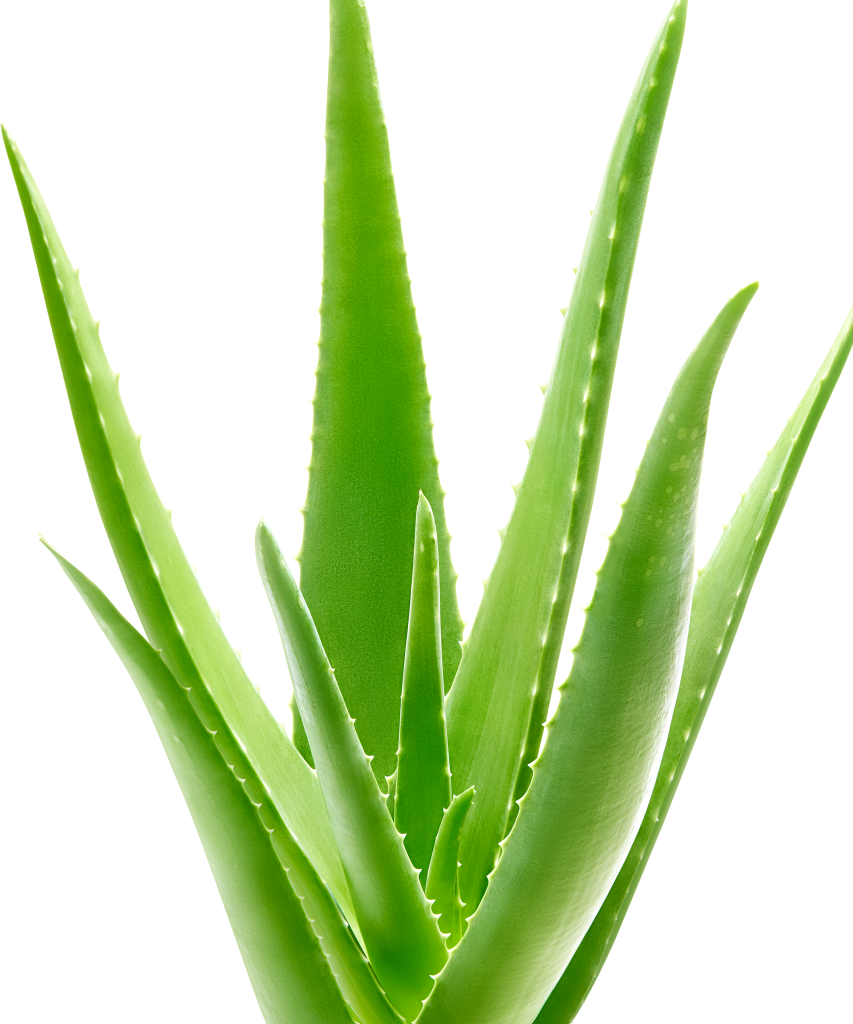
Light Requirements
Aloe Vera plants thrive in bright, indirect sunlight. Here’s how to ensure they get the light they need:
1. Indoors: Place your Aloe Vera near a sunny window where it can receive plenty of light. South or west-facing windows are ideal.
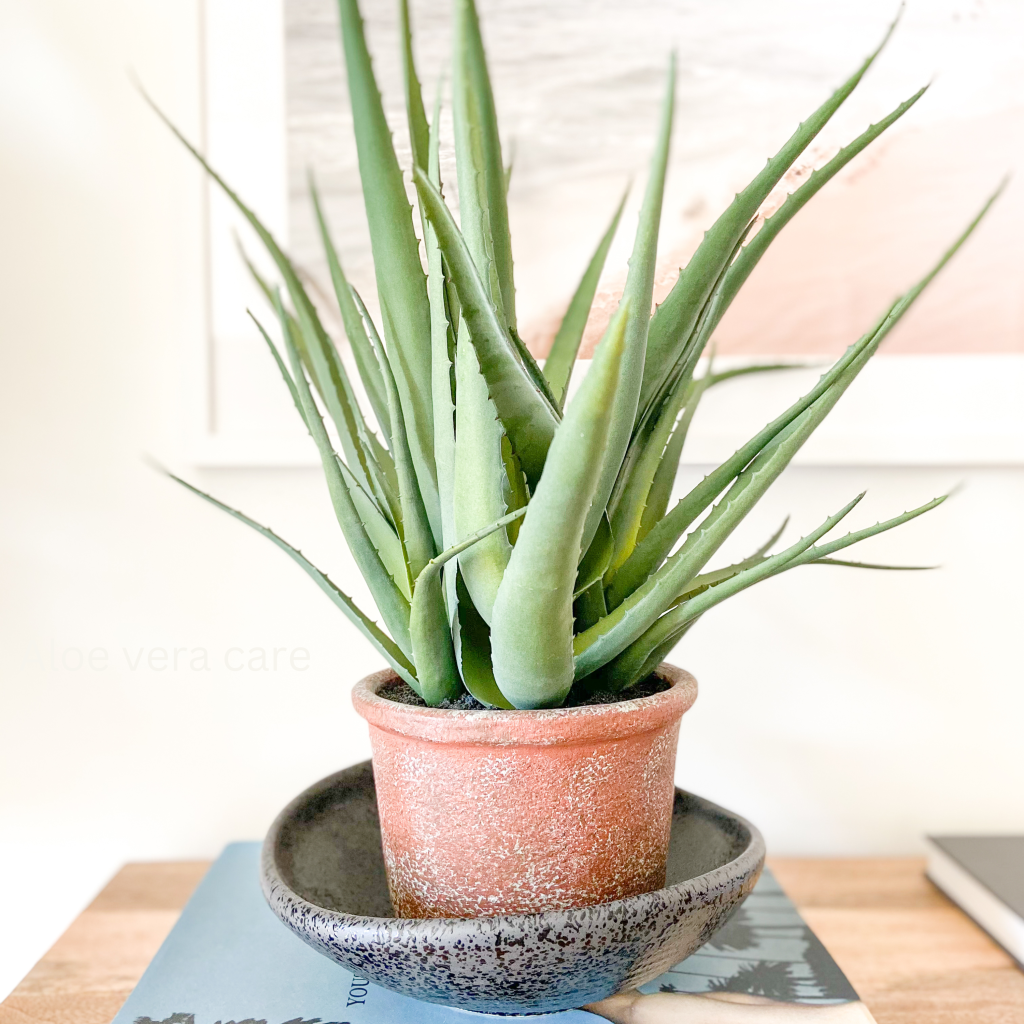
2. Outdoors: If you’re growing Aloe Vera outside, choose a spot with partial shade. Direct sunlight can cause the leaves to turn brown or red.
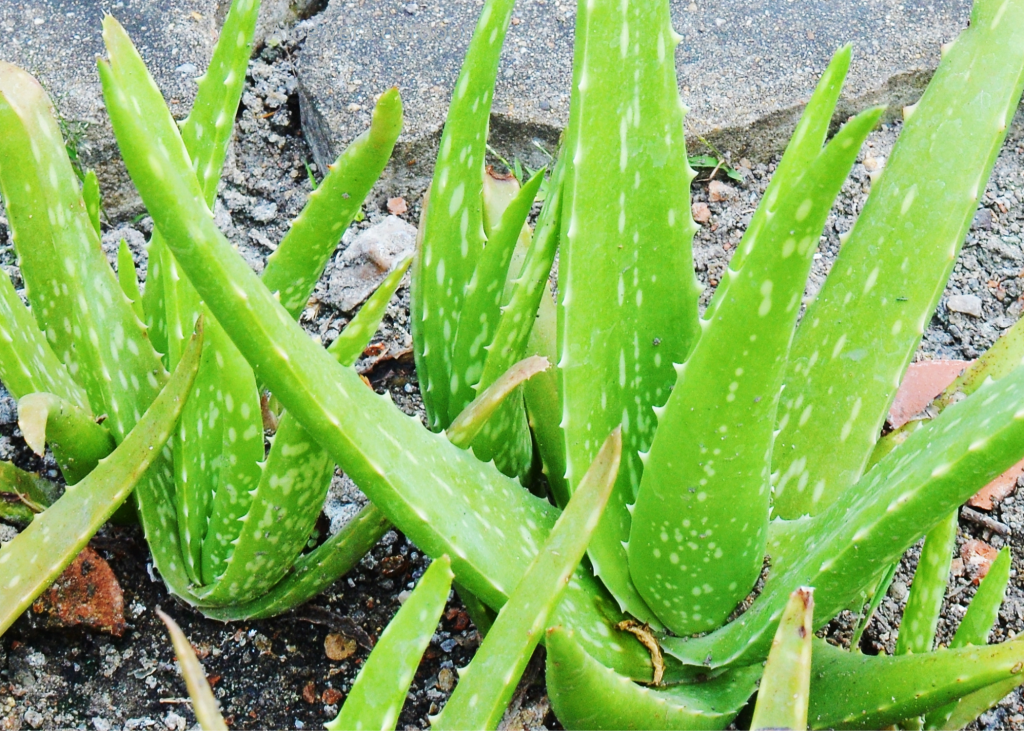
Watering Aloe Vera
Proper watering is crucial for Aloe Vera. Overwatering can lead to root rot, while underwatering can cause the plant to dry out. Follow these tips:
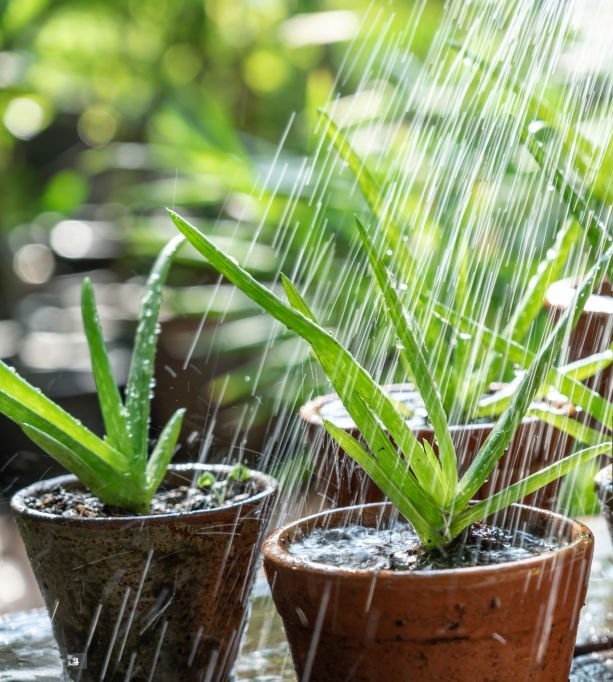
- Frequency: Water your Aloe Vera plant every 2-3 weeks. Allow the soil to dry out completely between waterings.
- Method: Water the plant deeply, ensuring the soil is thoroughly soaked. Let excess water drain out of the pot.
- Signs of Overwatering: Yellow, mushy leaves indicate overwatering. Adjust your watering schedule if you notice these signs.
- Signs of Underwatering: Wrinkled, dry leaves are a sign of underwatering. Water the plant thoroughly and monitor for improvement.
Soil and Potting
Aloe Vera requires well-draining soil to prevent root rot. Here’s how to choose the right soil and pot:
- Soil: Use a cactus or succulent potting mix, or create your own by mixing regular potting soil with sand or perlite.
- Pot: Choose a pot with drainage holes to allow excess water to escape. Terra cotta pots are a good option as they allow the soil to dry out more efficiently.
Temperature and Humidity
Aloe Vera plants prefer warm temperatures and low humidity:
- Temperature: Keep your Aloe Vera in a location with temperatures between 55°F and 80°F (13°C to 27°C). Protect the plant from frost and cold drafts.
- Humidity: Aloe Vera thrives in low to moderate humidity. Avoid placing the plant in overly humid areas, such as bathrooms.
Fertilizing Aloe Vera
Aloe Vera plants don’t require frequent fertilizing. Here’s how to feed your plant:
- Frequency: Fertilize once in the spring and once in the summer.
- Type: Use a balanced, water-soluble fertilizer diluted to half strength. Alternatively, you can use a fertilizer formulated specifically for succulents.
Repotting Aloe Vera
Repotting your Aloe Vera plant every 2-3 years encourages healthy growth. Follow these steps:
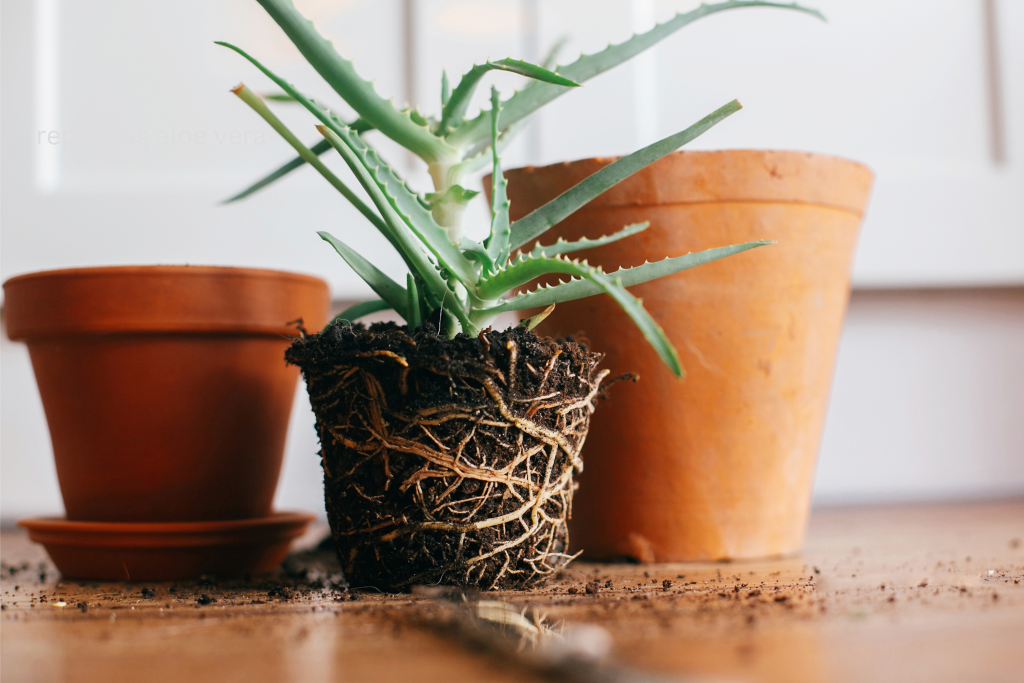
- Choose a Larger Pot: Select a pot that is one size larger than the current one.
- Prepare the New Pot: Fill the bottom with a layer of well-draining soil mix.
- Remove the Plant: Gently remove the Aloe Vera from its current pot, being careful not to damage the roots.
- Repot: Place the plant in the new pot and fill in around it with soil, ensuring the roots are covered.
- Water: Water the plant lightly after repotting to help settle the soil.
Pruning and Propagation
Pruning and propagation are important aspects of Aloe Vera care:
1. Pruning: Remove any dead or damaged leaves by cutting them at the base with a clean, sharp knife.
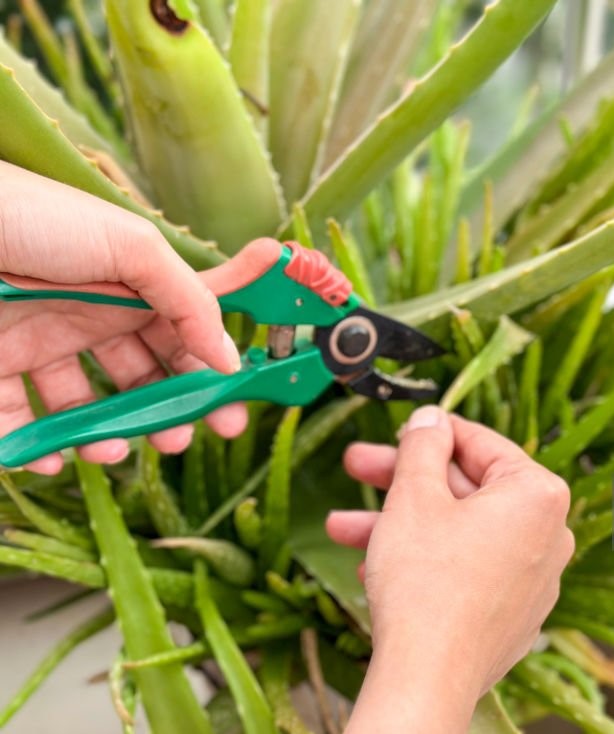
2. Propagation: Aloe Vera produces offsets, or “pups,” which can be removed and planted separately. Allow the pups to dry for a few days before planting them in their own pots.
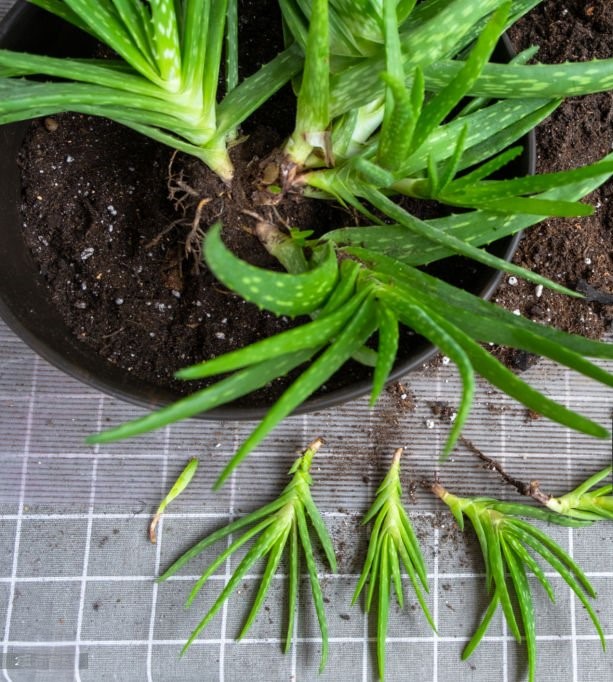
Common Problems and Solutions
- Yellow Leaves: This usually indicates overwatering. Allow the soil to dry out and adjust your watering schedule.
- Brown Tips: Brown tips can be caused by insufficient water or too much direct sunlight. Adjust your care routine accordingly.
- Pests: Aloe Vera can occasionally attract pests like aphids or mealybugs. Treat infestations with insecticidal soap or neem oil.
Conclusion
Aloe Vera is a resilient and low-maintenance plant that can thrive with proper care. By providing the right light, water, soil, and occasional fertilizing, you can enjoy a healthy Aloe Vera plant that offers both aesthetic beauty and practical benefits. Whether you’re using the gel for skincare or simply enjoying the plant’s presence in your home, Aloe Vera is a wonderful addition to any plant collection.



